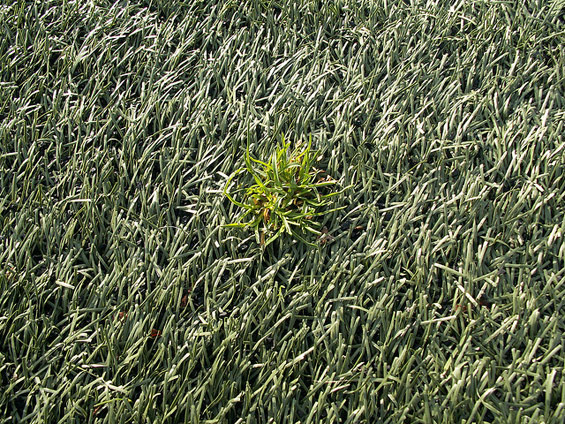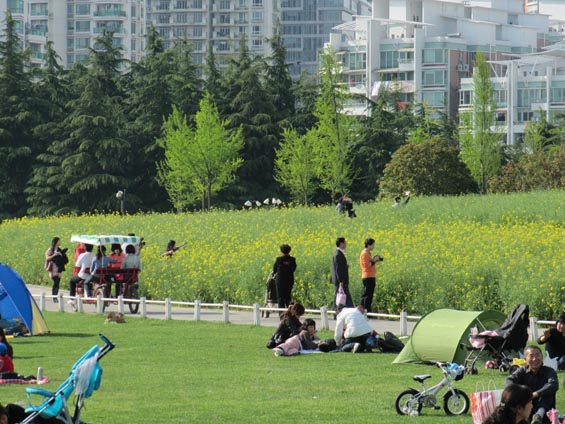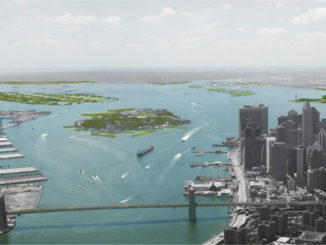
“Artificial turf, therefore, is merely the next most obvious step. Now that we greet it with a shrug and a flop, designers need to push things further, finding solutions that aren’t replacements for everything that a lawn does, but for the many individual programs it has been forced to do.” – Alexandra Lange
Recently, Alexandra Lange published an opinion piece, There’s still one more park taboo to be broken at Dezeen that reviewed the role of lawn and in recent times the acceptance that artificial turf has gained in replacing the traditional lawn. Lange, cites various examples where Artificial turf has been used including the new rooftop at the Metropolitan Museum of Art by landscape architect Gunther Vogt and Pier 2 at Brooklyn Bridge Park by Michael Van Valkenburgh Associates.
Artificial grass has its place in high-impact high use areas such as sports fields and parks with a high usage rates such as in New York. However, using artificial grass on rooftops and in urban areas increases hardscape areas thus increasing the temperature of the buildings and cities. Artificial grass can reach 200°F (93.3°C) on a 98°F(36.6°C) day (1) thus adding to a cities heat island effect. Artificial grass creates an ecological dead zone with a microclimate that increases a cities heat island effect, storm water load, and reduces the green ratio and ecological footprint of the city.
With an ever increasing reduction in green space (public & private) as cities densify and a push by local governments to reduce maintenance and irrigation costs, it seems that artificial grass has become the easy alternative for urban environments. Also artificial grass is gaining acceptance as homeowners are time-poor and unwilling to spend the time maintaining their gardens. As landscape architects we should be providing alternatives to public and private landowners such as mowing regimes, technological aids (reinforced grass), meadows, crops (canola, flowers, etc).

We also need to change perceptions that brown muddy areas are natural and that nature is not one continuous green carpet spread out across the landscape. Muddy patches add to the experience of the park, where children can enjoy playing in mud or finding a worm, frog or other animal living in a temporary lawn quagmire. Landscape architects need to change these unrealistic cultural expectations of the perfect green lawn which are beyond their due date.
As Lange states “Drought, flood, a half-million visitors or a very large family: all are good reasons to seek an alternative to blades of grass. It seems clear that designers and architects must engage with alternatives.“ The lawn is a living cultural artifact that continues to plague cities with high environmental and maintenance costs. As landscape architects we need to work to find alternative solutions in partnership with cities, landowners, developers and the public. We need test, evaluate and provide alternatives to reduce areas of lawn and artificial turf.
Image Credits |
Artificial Grass – Nature Fighting back | Flickr User jonsson
Century Park, Shanghai | Image Credit Damian Holmes


